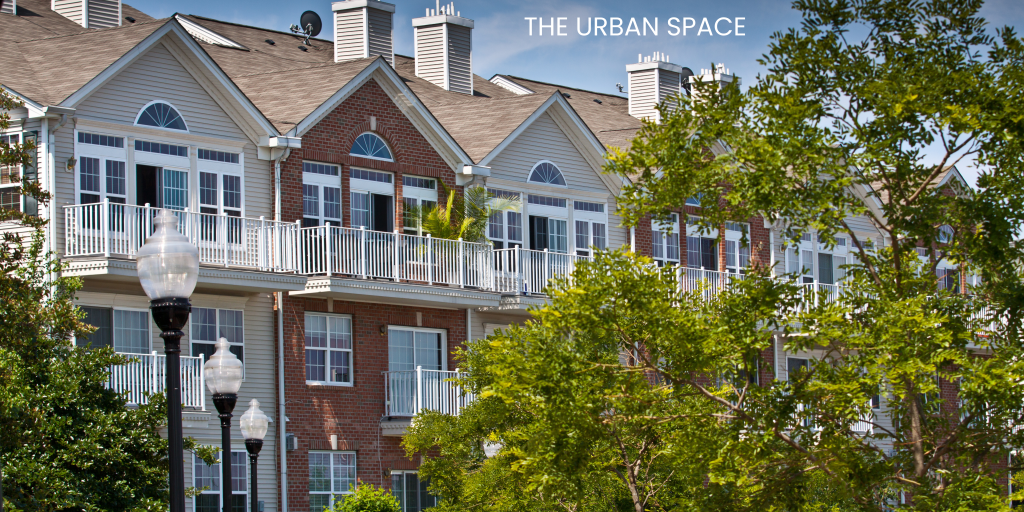
Toronto’s housing market is getting a significant makeover, with new developments set to transform the city’s residential skyline into a vibrant multiplex of modern living spaces. A recent policy shift allowing single-family homes to be converted into low-rise multiplexes is creating quite a buzz. While experts believe this move won’t immediately solve housing affordability issues, it opens up exciting possibilities for property owners and prospective homebuyers alike.
In this blog post, we’ll explore the latest multiplex housing by-laws in Toronto, their potential impact, and what they mean for new homebuyers, real estate professionals, and investors.
Understanding Multiplex Housing
Multiplex housing refers to low-rise buildings that contain two to four units within a single structure. This type of housing offers a more dense living solution compared to traditional single-family homes, but without the high-rise feel of apartment complexes. Essentially, they strike a balance between density and neighborhood character.
Previously, Toronto’s zoning laws limited the construction of multi-family units in many areas. These restrictions maintained the status quo in neighborhoods known for their single-family homes, particularly in what is called the “yellowbelt.” This zone covered a significant portion of the city where only one house per lot was permitted.
The Game-Changing Policy Shift
On May 10, Toronto’s city council voted to allow single-family homes to convert into multi-family units. This landmark decision could transform up to 70 percent of the city’s yellowbelt, offering new paths for residential development. The policy aligns Toronto with cities like Vancouver, Minneapolis, and Portland, which have already embraced similar housing models.
Anu Joshi, a Toronto realtor, said the policy is a good move because it targets housing supply.
While many homeowners may not want to construct a multiplex right away, or have the financial means to do so, there are no longer any legal barriers for those interested in expanding their properties, she said.
“The bottom line is that there are too many people and not enough housing,” she said. “This is definitely a welcome measure.”
Expert Insights and Community Reactions
Karen Chapple, the director of the School of Cities at the University of Toronto, believes this move is necessary for urban development. She emphasizes that while the transition may be slow, it’s a crucial step towards creating more housing options in a crowded market.
TRREB President Paul Baron expressed strong support for the zoning changes, stating, “The development community is now empowered to build more gentle density housing—the kinds of homes that growing families, singles, and new Canadians desperately want.”
Why This Matters for New Homebuyers
For new homebuyers, the policy shift presents both opportunities and challenges. On one hand, the availability of more housing options can make it easier to find a suitable home. On the other hand, the introduction of multi-family units could drive up competition in certain neighborhoods.
However, the potential for increased housing supply could stabilize prices in the long run. Prospective buyers should stay informed about upcoming developments and consider consulting with real estate professionals to make well-informed decisions.
An important step to removing exclusionary zoning, it will enable property owners to create housing for extended families or rental units for tenants.
Gregg Lintern, Chief Planner and Executive Director of City Planning Tweet
Real Estate Professionals and the Multiplex Boom
Real estate professionals stand to benefit significantly from the new policy. The demand for expertise in navigating Toronto’s evolving housing landscape will only grow. Realtors who understand the nuances of multiplex housing and can effectively communicate the benefits to clients will be at an advantage.
Investors Eyeing New Opportunities
For real estate investors, the new multiplex by-law in Toronto opens up a myriad of possibilities. Converting single-family homes into multiplexes can provide higher rental yields and diversify investment portfolios.
Investors should conduct thorough market research to identify neighborhoods with the highest potential returns. Understanding local demand and staying updated on city planning initiatives will be essential for making strategic investments.
Potential Pitfalls and Considerations
While the new policy brings many benefits, it’s not without potential downsides. Critics like Coun. Holyday argue that the policy could create neighborhood tensions and impact the aesthetic appeal of certain areas. Additionally, the initial cost of converting a single-family home into a multiplex can be significant.
Homeowners considering such conversions should weigh the costs and benefits carefully. Consulting with architects, contractors, and financial advisors can provide valuable insights and help mitigate risks.
Conclusion
The new multiplex housing by-laws in Toronto mark a significant step towards addressing the city’s housing challenges. While the immediate impact on affordability may be limited, the policy opens up new possibilities for homebuyers, real estate professionals, and investors.
By understanding the new regulations, staying informed about market trends, and engaging with the community, stakeholders can make the most of these opportunities. Whether you’re looking to buy a new home, advise clients, or invest in real estate, the future of Toronto’s housing market looks promising.
For those interested in exploring the potential of multiplex housing further, consider reaching out to a real estate professional or joining a community forum. Together, we can shape the future of Toronto’s housing landscape. Happy house hunting!